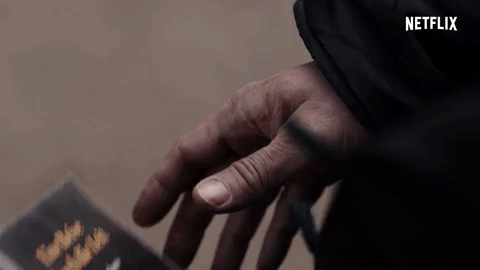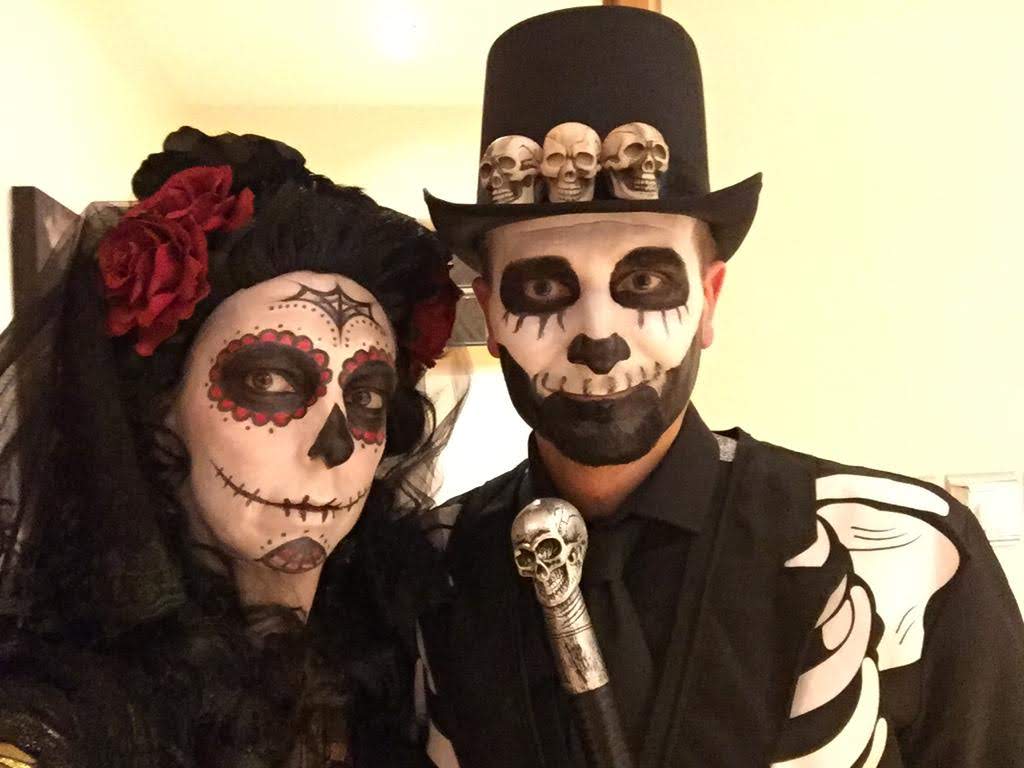Dark: Mind-twisting TV
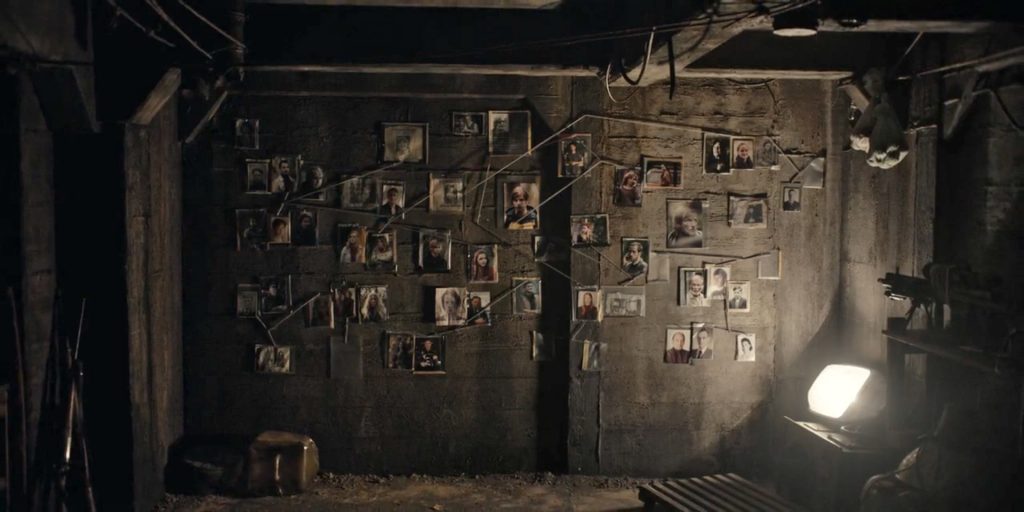
We’ve recently finished season 2 of the excellent Netflix series ‘Dark’. It’s mind-bendingly fantastic. We were looking for something to watch after finishing Stranger Things, and my partner in crime and awesome TV series finder suggested this. It really fit the bill. Set in the fictional German town of Winden, it follows the stories of several local families as one of the children (Mikkel) goes missing.
Warning: Here be spoilers, tldr; just watch it.
What starts off as an engaging whodunnit about a missing boy, Mikkel, rapidly descends into brain twisting confusion as you start to realise that the key isn’t where he has gone, but when. Patterns emerge relating to a previous disappearance 33 years before, when another boy, Mads Neilsen, vanished. The story starts to revolve around another teenager, Jonas, who’s father recently took his own life. You start to see the same people at different ages and stages of their lives, influencing their future and past selves, until you’re no longer sure if the story even has a beginning “Der Anfang ist das Ende und das Ende ist der Anfang (the beginning is the end and the end is the beginning)”.
Then it gets really mind bending when Jonas discovers that Mikkel had gone back in time and grew up to become Jonas’ father.
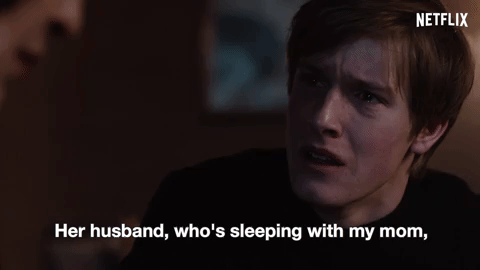
Yes, Jonas realises that to put the course of time back to normal he’d end up not exisiting.
Then, in Season 2, not only are we dealing with two timelines (1986 and 2019), but it extends to 1952, 1921 and 2052. We get to see several characters at different ages, dealing with other characters (and themselves) from the future and the past. For example, Egon Tiedermann (Sebastian Hülk 1952/1953 & Christian Pätzold 2018/2019) meets Ulrich Neilsen (Ludger Bökelmann 1986 / Oliver Masucci 2018 / Winfried Glatzeder 1987) who is the father of the missing Mikkel and bother of the missing Mads from 2018 in 2018, from 2018 in 1952, and from 2018 in 1986. He then meets Ulrich again in 2019, but it’s the Ulrich who got stuck in 1952 and is now an old man, having been arrested for the murder of another two missing children in 1952. Brain melt.
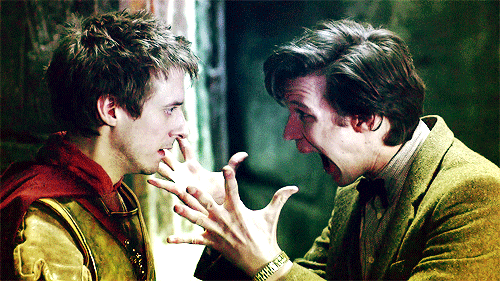
Murf 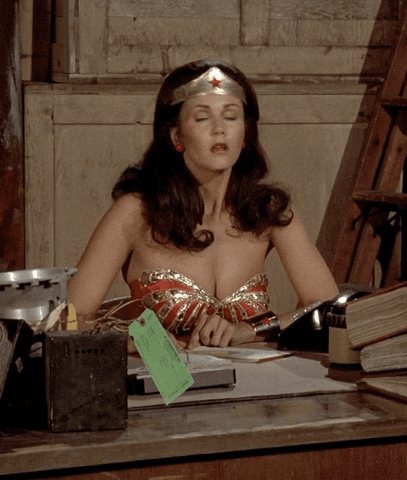
Delilah
(Yes, that’s us, we’ve no idea what’s going on, but we love it)
The cast is great, I enjoyed watching Sylvester Groth in Deutschland ’83, and he appears here as Clausen, an enigmatic detective brought in to solve the missing children cases but who also has an agenda of his own. Also, Michael Mendl who starred in Der Untergang (Downfall) appears as the older Bernd Doppler in 1986.
The setting, especially the 1986 scenes, remind me of being in Germany back in ’92, going to the Gesamtschule in Schlitz, Hesse. Wurst and schwartzbrot, beautifully cold autumn mornings and bad hairstyles (although we were obviously totally cool at the time).
Oh, and watch it in German. With subtitles. I can’t stand dubbing at the best of times, but the voice re-dub here isn’t great either. Change the sound track in Netflix for your listening pleasure.

The Stranger, Dark, Season 1: Secrets
